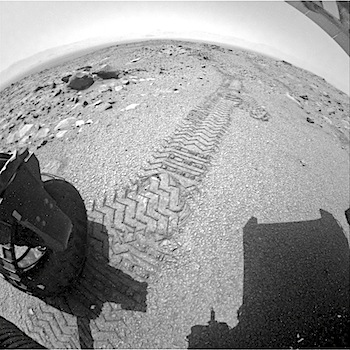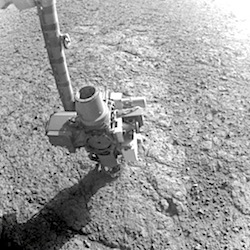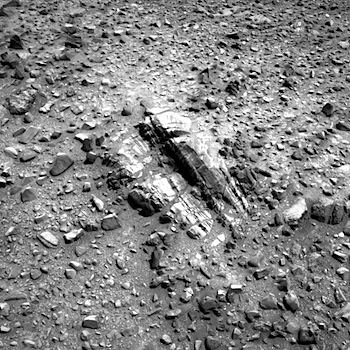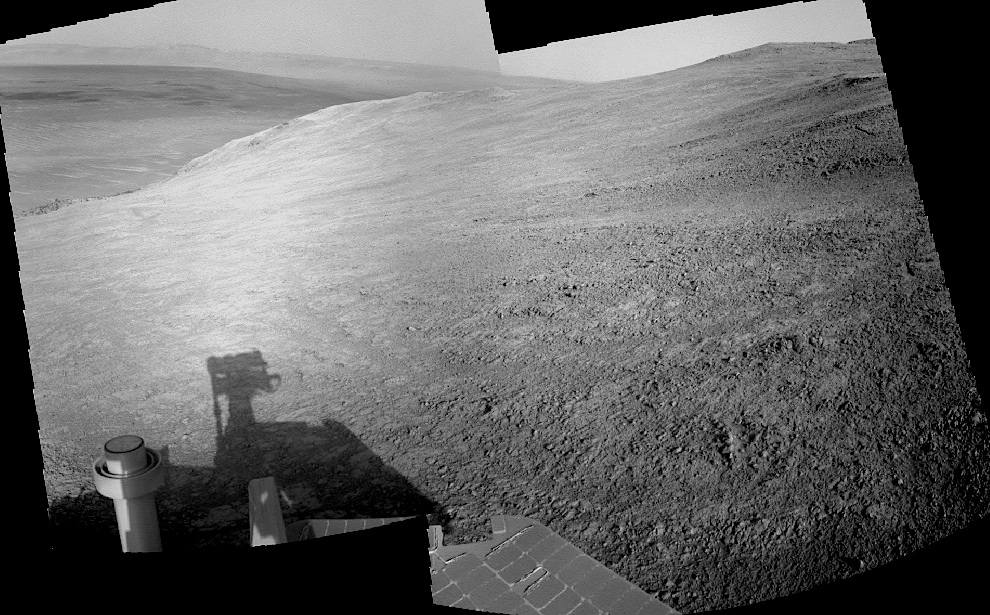 Sol 1075-1077, August 14, 2015, update from USGS scientist Ryan Anderson: We had another successful drive on sol 1074, putting us in a good position for the weekend! The main activity for the weekend is using the Sample Analysis at Mars (SAM) instrument to analyze some of the recent drill sample that we collected. SAM activities will take up all of sol 1075. On sol 1076, we will use MAHLI to check on the health of our wheels, and SAM will do its Evolved Gas Analysis (EGA) measurement on the sample. [More at link]
Sol 1075-1077, August 14, 2015, update from USGS scientist Ryan Anderson: We had another successful drive on sol 1074, putting us in a good position for the weekend! The main activity for the weekend is using the Sample Analysis at Mars (SAM) instrument to analyze some of the recent drill sample that we collected. SAM activities will take up all of sol 1075. On sol 1076, we will use MAHLI to check on the health of our wheels, and SAM will do its Evolved Gas Analysis (EGA) measurement on the sample. [More at link]
-
Recent Posts
Archives
Links
general
mission instruments
- CRISM: Compact Reconnaissance Imaging Spectrometer for Mars
- CTX: Context Camera
- HiRISE: High Resolution Imaging Science Experiment
- MARSIS: Mars Advanced Radar for Subsurface and Ionosphere Sounding
- SHARAD: Shallow Radar
- THEMIS: Thermal Emission Imaging System
missions
- All Mars missions list
- Curiosity rover
- ExoMars
- Hope (al-Amal) orbiter
- InSight
- Mars Atmosphere and Volatile Evolution Mission (MAVEN)
- Mars Exploration Rovers (MER)
- Mars Express (MEX)
- Mars Odyssey
- Mars Orbiter Mission (MOM) / Mangalyaan
- Mars Reconnaissance Orbiter (MRO)
- Mars Science Laboratory (MSL)
- Perseverance Rover
- Tianwen-1 orbiter/rover
news


















